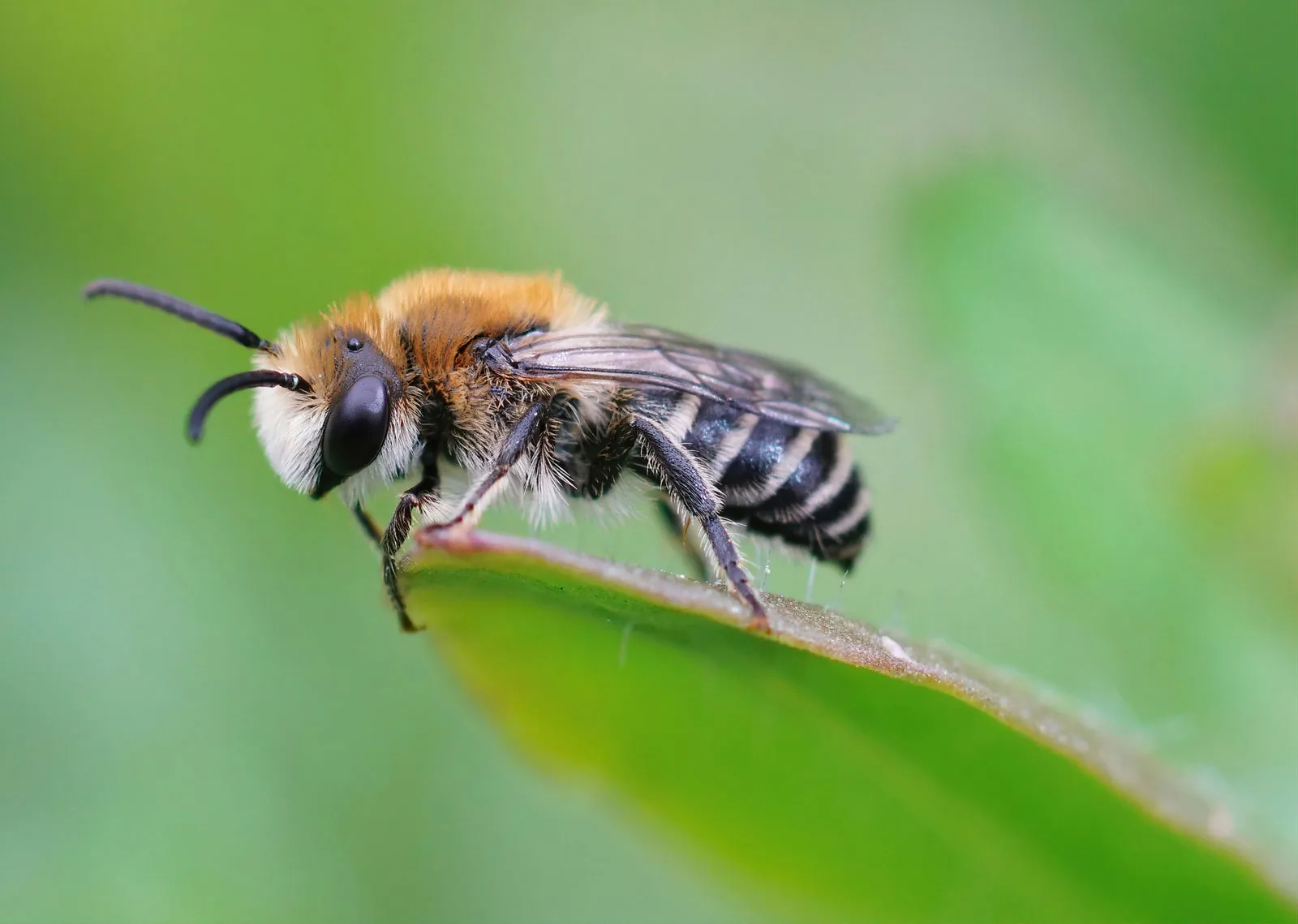Communities tap bees to conserve forests
Share

Harare, (New Ziana) – Rural communities in Hurngwe, Mbire and Muzarabani districts in the Mid-Zambezi Valley have formed associations to fight deforestation through beekeeping, getting livelihood incomes and contributing to the national biodiversity economy in the process.
Forests in the Mid-Zambezi Valley and other parts of Zimbabwe are under attack from illegal timber logging gangs and charcoal extraction.
Under the Zambezi Valley Biodiversity project, initiated in 2020, at least 426 rural people in Muzarabani, 377 in Mbire districts in Mashonaland Central Province and 427 in Hurungwe district in Mashonaland West province, received training, timber for beehive making, protective clothing, smokers and hive accessory tools through project partner Zim Apiculture Trust(ZAT)
The 1,230 participating farmers are individually managing bee hives as part of a strategy to protect forests.
The Biodiversity project is funded by the Global Environment Facility under the auspices of the United Nations Development Program. Zimbabwe’s vast natural resources provide a basis for social and economic transformation. However, the challenges of deforestation, land degradation and biodiversity loss are not only enhanced by high levels of poverty, but also directly affect the livelihoods of local communities negatively.
In Zimbabwe, protected areas are mostly in arid and semi-arid areas with communities living adjacent to these areas having high poverty prevalence rates due to poor agricultural yields. There is great reliance on natural resources as coping mechanisms. Natural resources in the communal areas and protected areas become the next available sources of income, resulting in increased pressure on natural resources.
The three districts experience increased illegal activities (wildlife, forest crimes and the subsequent depletion of natural resources as communities seek to earn a living through these natural resources. In areas of high wildlife populations, there is greater interaction between people and wild animals resulting in conflicts as animals raid crops and attack livestock, further affecting already strained livelihoods. Given the increase in international illegal wildlife trade syndicates, the protected areas require cooperation and support from local communities to curb illegal wildlife trade.
The beekeeping activities are providing an important, sustainable and alternative source of income for the predominantly subsistence farmers in the three districts where forests are open and common property. ZAT executive director, Selina Chitapi says: “The project is also working with the Forestry Commission and local authorities in the three districts.”
Beekeeping has largely been traditional and of subsistence in nature, where honey was used as a food product for home, and medicine, but the trend is changing and community members are increasingly taking up beekeeping as a family business enterprise and contributing to the country’s biodiversity economy.
In addition, beekeeping has become a practical tool for raising people’s awareness on community-based natural forest management, and for stimulating their environmental conservation, and improving their environment.
“The income I’m getting from the sustainable harvesting of honey is transforming my apiculture enterprise and that of my family’s livelihood,” said Jaraphom Kabasa, of Ward 9 in Mbire district. Kabasa has 15 hives, and as of last September, he says 10 of them had bees and honey. Each beehive provides between 33 and 35 liters of honey annually. Kabasa sells his honey for US$2.50 per kg.
The Zambezi Valley Biodiversity project has established a rural honey processing centre in Muzarabani where smallholder farmers bring their raw honey for processing and packaging into small bottles.
Kabasa also says: “We will do everything in our power to make sure that our children’s grandchildren will be able to enjoy this rich and precious inheritance.”
Experts say there are more than 50,000 beekeepers in Zimbabwe.The country has a huge honey production potential due to its conducive climatic conditions, as well as its vast expanse of diversified flora and fauna. Its forests and woodland plant species provide surplus nectar and pollen to foraging bees.
Before venturing into the beekeeping business, Kabasa used to get US$400 annually from farming. Now, he is getting an annual income of US$3,660.
“This is truly transformational. As a result of the income benefits, people in my area no longer cut down trees indiscriminately,” he said. “It’s good for us as we are benefitting from our forests,” says Temba Chiworeka of Ward 23 in Hurungwe. “For years, we had witnessed forest deforestation as a result of massive fuel wood collection for tobacco curing and other commercial uses and agricultural expansion,” adds Chiworeka. He plans to increase his forest area to enable him to expand his beekeeping venture by adding 15 more beehives from his current 12 during the next agricultural season.
Chiworeka boasts of one of the best apiaries with eucalypticus and woodlands and eight hectares of indigenous forests providing forage.
Beekeeping produces honey and various other products such as pollen, wax, propolis, royal jelly, and venom, among others. These products are widely used in the cosmetics, pharmaceutical, textile, candle-making and leather industries. Beyond these direct products, the contribution to the economy is also significant.
Many development organizations such as non-governmental organizations, community-based organizations and civil society organizations and government institutions have been involved in supporting beekeeping activities of producer organizations.
Zimbabwean beekeepers have also been supported to participate in national and international exhibitions. A national Bees Act (Chapter 19:02) is in place for the control of disease in bees and the conservation of bees found in the wild, among others.
The efforts of smallholder farmers like Kabasa and forestry stakeholders in the project are aptly demonstrating that beekeeping is a viable commercial and conservation approach to minimize deforestation challenges through sustainable forest management.
The forestry sub-sector in Zimbabwe consists of 860,000 hectares of state forests, with 93 percent located in the Kalahari woodlands. Zimbabwe’s forests and woodlands store about 1.9 billion tonnes of carbon annually with potential for trade in carbon credits.
Indigenous forests account for only seven percent of total timber production due to their slow growth rates. Exotic plantations cover 108,000 hectares and provide 93 percent of industrial wood and timber needs, according to the Zimbabwe Biodiversity report.
From 2014 to 2018, timber harvests in indigenous state forests generated between US$164,000 to US$275,000, while saw milling in state forests generated between US$190,000 to US$445,000, says the Zimbabwe Biodiversity report. The forestry sector contributes 3-4 percent of Gross Domestic Product(GDP) and employs 15,000 people.
Zimbabwe’s annual deforestration rate is two percent, one of the highest in the world, which poses a significant threat to the country’s forests, and their services, which are vital for human well-being. One of the key challenges in the forestry sector is a lack of systematic collection of forestry data. The formation of a central data repository could be highly beneficial for achieving more complete and relevant forestry data.
The Communal Land Forest Produce Act(1987) needs to be reviewed in the light of new developments in sustainable forest management which put people at the centre of forest management and encourage the participation of communities. The Act should also embrace the need for communities to benefit sustainably from the commercialization of non-timber forest products, such as honey.
New Ziana









